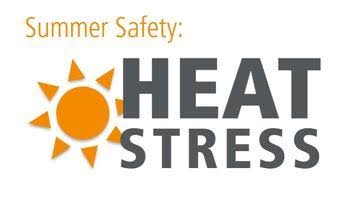Heat Stress
Heat Stress
I. Introduction
Definition of heat stress and its effects on the human body
Explanation of the importance of heat stress management in preventing heat-related illnesses and injuries in the workplace
II. Factors Contributing to Heat Stress
Explanation of the factors that contribute to heat stress, such as high temperature, humidity, and physical exertion
Overview of the importance of identifying and addressing these factors to prevent heat stress
III. Symptoms of Heat Stress
Explanation of the symptoms of heat stress, such as dizziness, fatigue, and dehydration
Overview of the importance of recognizing these symptoms and taking immediate action to prevent heat-related illnesses and injuries
IV. Prevention and Control Measures
Explanation of the measures that can be taken to prevent and control heat stress, such as providing rest breaks, increasing ventilation, and implementing engineering controls
Overview of the importance of training employees on heat stress prevention and control measures

V. Personal Protective Equipment
Explanation of the types of personal protective equipment that can be used to protect workers from heat stress, such as cooling vests, hats, and eyewear
Overview of the importance of selecting appropriate personal protective equipment and ensuring proper use and maintenance
VI. Conclusion
Recap of the key points covered in the heat stress description
Emphasis on the importance of heat stress management in promoting workplace safety and health, and the role of organizations in implementing preventive and control measures to prevent heat-related illnesses and injuries in the workplace.

